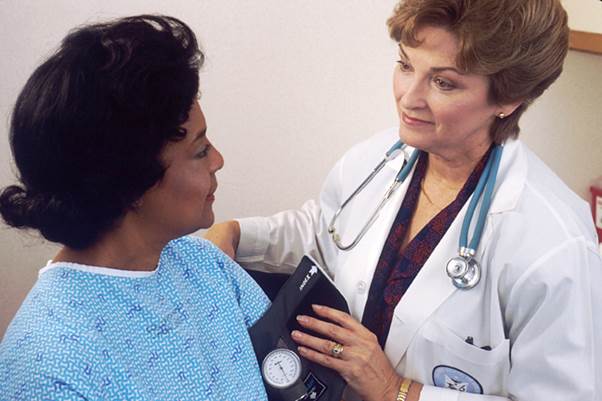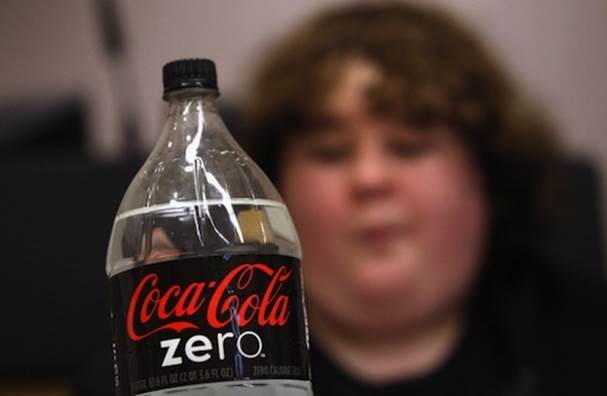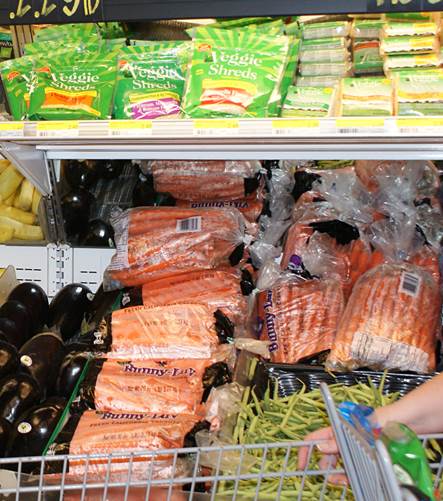Forget making big changes in 2013. Experts
say a series of small changes is more likely to deliver better health because
they’re easier to stick to over time.
Small is big news for 2013. Especially when
it comes to change. Just ask the British Olympic cycling team. The secret to
their glittering medal tally in last year’s Olympics was ‘marginal gains’ –
that’s sports-speak for the big successes that come from taking tiny steps over
a set period. “They’re the one per cent advantage you apply to as many areas of
your life as possible that add up to a much bigger advantage over time,” says
performance scientist Dr Kirstie Tew at BodyMedia Fit.
While most of us are unlikely to stick to
big changes, we can use this theory by making tiny changes to lots of areas
that can add up to better health in the long term.
Know your numbers
Everyone over 45 should have their blood
pressure and cholesterol checked, says Dr Robert Grenfell, the Heart
Foundation’s National Director for Cardiovascular Health. “There are no obvious
symptoms for high blood pressure and high cholesterol and having a heart attack
can be the first sign,” says Grenfell. Generally, cholesterol should be <4.0
mmol/L with the ‘bad’ or LDL cholesterol <2.0 mmol/L and the ‘good’ HDL
cholesterol >1 mmol/L. Blood pressure should generally be less than 120/80
mmHg.

Everyone
over 45 should have their blood pressure and cholesterol checked
For
information
Call 1300 36 27 87 or visit
heartfoundation.org.au/your-heart.
Pause for thought
Research from Duke University in the US has
found a strong association between expressing anger repeatedly and an
inflammatory marker of heart disease called C-reactive protein. Press the stop
key, says Dr Martin Shirran, psychologist and author of Pause Button Therapy
(available from Amazon). In the book you learn to visualize the likely results
of your actions as if you were watching a film, he explains. “Say you’re about
to lose it with your children. You press pause to give yourself some thinking
time to consider a question such as, ‘What will be the best outcome for my
child?’” says Shirran.
Tiny changes that add up
It takes a deficit of about 32,000
kilojoules to lose one kilogram. Dr Tew shows that small changes could add up
to a big difference in the next year.

It
takes a deficit of about 32,000 kilojoules to lose one kilogram
|
TINY CHANGE
|
IMPACT IN ONE YEAR
|
|
Vacuuming for half an hour once a week
|
22,932kJ BURNED
|
|
Washing and drying the dishes everyday
|
18,434kJ BURNED
|
|
Going for a 30-minute walk five times a
week
|
81,900kJ BURNED
|
|
Walking around while on the phone for a
total 30 minutes a day
|
45,990kJ BURNED
|
|
Swap a full-size chocolate bar to a
treat-size five days a week
|
174,720kJ BURNED
|
|
Swap 7 glasses of red wine a week with 3
glasses of champagne interchanged with mineral water
|
119,684kJ SAVED
|
|
Potential loss in 12 months: 14KG
|
What
to know exactly what you’re burning?
The new BodyMedia FIT armband, worn all day
and night, measures exact activity, kilojoules burned, steps taken and even
sleep quality, and stores it online. In trials, people using it lost three
times more weight than those who didn’t. Available from blackandstone.com.au/bodymedia-fit.
Don’t delay the doc
Many things can put people off seeing their
doctors, says Professor Ian Olver, chief executive of Cancer Council Australia,
including fear of finding something wrong or of wasting their GP’s time. “But
the earlier a cancer is detected, the higher your chances of survival,” he
says. If you notice any if these changes see your doctor sooner rather later.

Don’t
delay the doc
·
Lumps, sores or ulcers that don’t heal.
·
Coughs that don’t go away, show blood or a
hoarseness that hangs around.
·
Unexplained weight loss.
·
Moles that have changed shape, size or colour or
bleed, or an inflamed skin sore that hasn’t healed.
·
Blood in a bowel motion
·
Persistent changes in toilet habits.
·
Urinary problems or changes.
·
Any breast changes such as lumps, thickening,
unusual discharge, inverted nipples, shape changes or pain.
·
Persistent abdominal pain or bloating
Jump a little
Plyometrics are high-impact moves such as
jumping on and off a step and jump squats that, added to a workout, send fat
burn through the roof. A 2007 study published in the Journal Of Dance
Medicine & Science found people who did plyometric exercises twice a
week for six weeks increased strength by 37 per cent (more strength equals more
fat burned). “Plyometrics melt kilojoules also after you’ve finished your workout
for up to eight hours,” says top trainer Lucy Wyndham-Read. This is the excess
post-exercise oxygen consumption or EPOC effect; the cranking up of kilojoule
burn after a tough workout. Lucy’s free app, Personal Trainer Lite, is
available from iTunes or go to lwrfitness.com.
Give up diet drinks
Diet drinks have no kilojoules so they
won’t impact weight, right? Except they do. People who drink diet drinks are
fatter than those that don’t. University of Texas Health Science Centre
researchers found that people who drank 21 diet drinks a week were twice as
likely to be overweight as those who didn’t.

People
who drink diet drinks are fatter than those that don’t
“Diet drinks feed a sweet tooth as
artificial sweeteners can be 13,000 times sweeter than sugar,” says
nutritionist Zoë Harcombe. “This perpetuates our desire for sweet things”.
Sweeteners can also trigger a desire to eat more. “When it receives a sweet
taste without the kilojoules it expects, the body can inadvertently seek out
more real sugar, triggering sweet cravings,” says Harcombe. Obesity researchers
now speculate that this could also inhibit the production of hormones that make
us feel full after eating. Drink sparkling or still water with some fresh lime
or lemon juice added, suggests Harcombe.
Get the alpha effect
You probably know the antioxidant effects
of beta-carotene, found primarily in carrots. Now researchers have identified
another vegetable nutrient called alpha-carotene that could also lead to a
longer, healthier life. Research from the US Centers for Disease Control and
Prevention found that people who consumed foods high in this nutrient had fewer
health troubles than those that didn’t. But they stressed the benefits came
from eating fruits and vegetables high in alpha-carotene, not supplements. Find
it in sweet potato, rockmelon, mango, broccoli and Brussels sprouts and
kiwifruit.
Learn to really read a label

“Reading
labels prompts healthier choices and people who do have lower BMIs than those
don’t”, says Natasha Murray from the dietitians Association of Australia.
Women who read food labels are 4kg lighter
than those that don’t, found a study published in the journal Agricultural
Economics. “Reading labels prompts healthier choices and people who do have
lower BMIs than those don’t”, says Natasha Murray from the dietitians
Association of Australia. When comparing foods use the ‘per 100g’ column on the
right-hand side of the panel, she says. Here is a guide:
·
Sugar
If sugar is in the first three ingredients
listed on a food it’s not the best choice.
Hidden sugars include glucose, corn syrup,
maltose, dextrose, raw sugar, cane sugar, malt extract, molasses, sucrose,
honey, brown sugar, monosaccarides, disaccharides, golden syrup or ‘modified
carbohydrate’.
·
Salt
Less than 120mg of sodium/100g.
Limit foods with more than 600mg sodium per
100g (aim to limit sodium to less than 2300mg per day).
·
Fat
Less than 10g/100g though less than 5g/100g
is better and less than 2g/100g is best.
Hidden fats include coconut, coconut oil,
copha, cream, dripping, lard, mayonnaise, sour cream, nuts, oil, palm oil,
toasted and oven fried/baked, vegetable oil/fat, animal fat/oil, shortening,
lard, tallow, milk solids, butter fat, monoglycerides, diglycerides.
·
Fibre
Choose foods with the highest amount of
fibre per 100g.
Adults should aim for 30g fibre per day or
more.